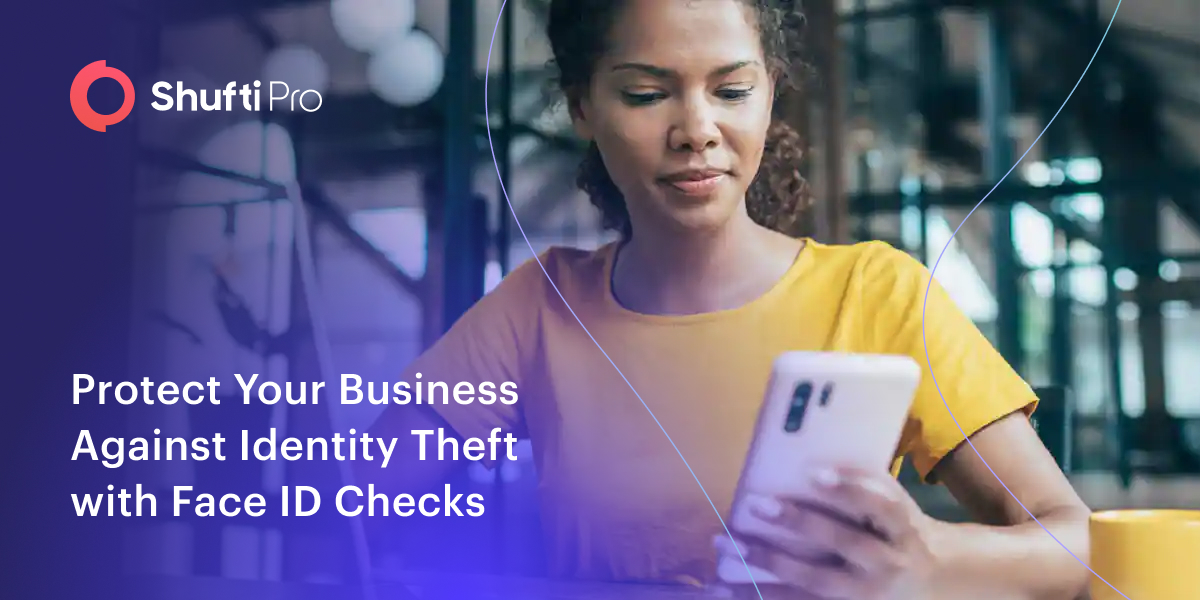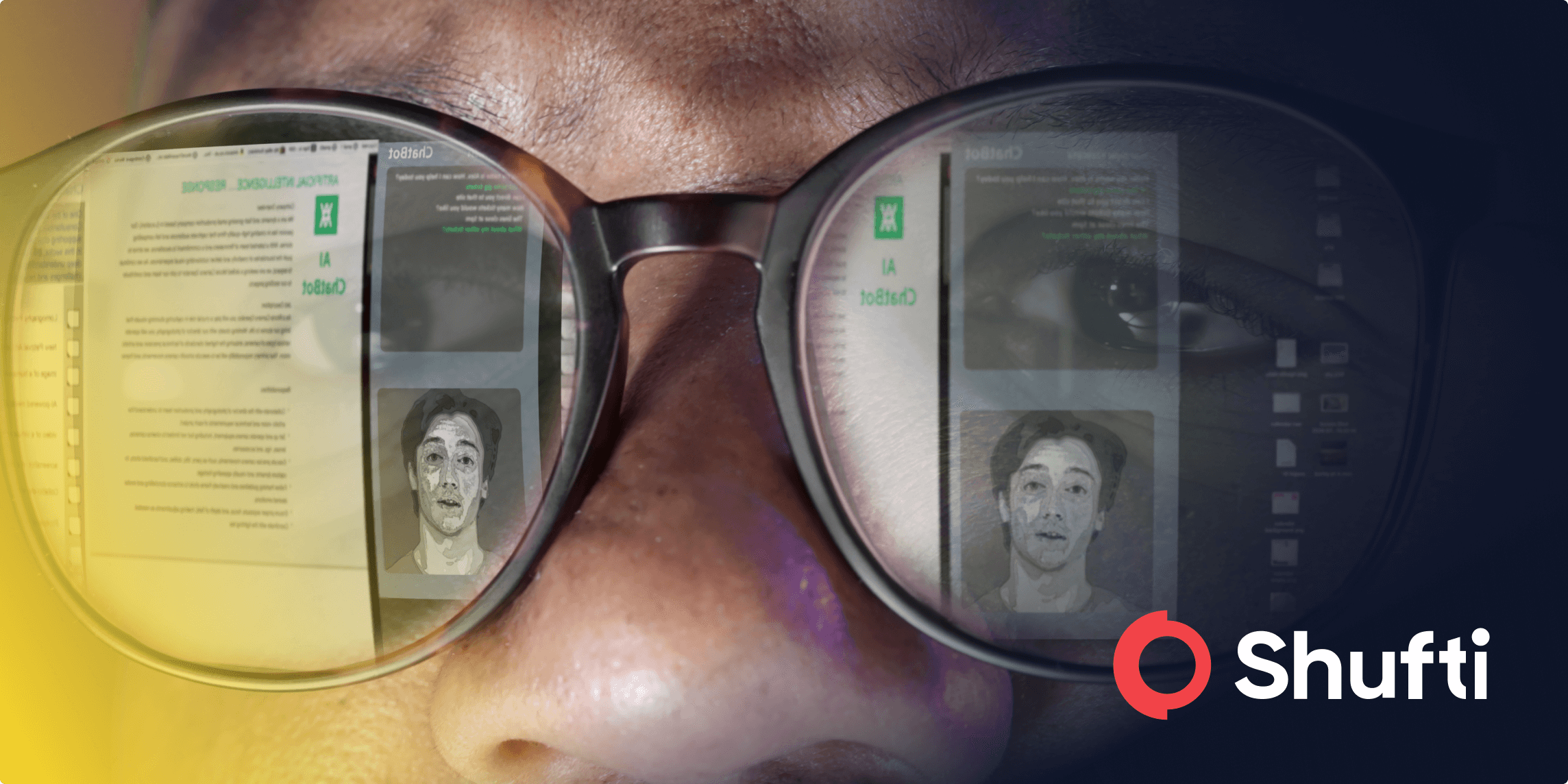What is Loan Fraud and How to Detect it?

Loan fraud simply means when someone uses your identity to illegally obtain a loan. The crime has many variations. In the US, for example, mortgage fraud is the most common. Catching loan thieves can be challenging. The fraud can go unnoticed for quite some time, and gradually the debt starts piling up in your name. Here we share a brief guide on loan fraud and its detection.
What is Loan Fraud Detection?
Simply put, when someone provides false information on their loan application, it is loan fraud. This can be during the time of filling in the application or when receiving the loan. In many cases, the banks suffer a loss for providing loan to someone who is not entitled.
Interestingly, the bank (or someone at the bank) can also perpetrate loan fraud by producing a fraudulent loan application. Here, the borrower suffers financial loss.
Banks are not the only institutes that get sucked into the vortex of loan fraudsters. Loan agencies are also on their hit list. In fact, these agencies are easier targets since they normally do not require detailed information from the borrower. So, loan thieves can steal information relatively easier and get a quick loan.
Payday loans are the most frequently sought after loans. They are small in quantity and are easy to acquire. Sometimes the loan thieves could apply for much larger items such as a car, business loan or a house.
How to Detect Loan Fraud?
Loan Fraud Detection can be tricky. Loan thieves frequently change banks or states, making it difficult to spot patterns or a business trail. However, there are red flags that the banks can look out for;
-
Multiple Businesses Under One Person’s Name
It’s a red flag when a person owns several businesses in under one name, especially when there isn’t much income to back up that claim. This scheme is prevalent among money launderers.
-
No Physical Location or Address of Business
A business without a physical address should draw suspicion. Although, in this age of the internet, it is not that uncommon to have solely an online business. This should trigger further investigation though. So if it seems to be a physical business, questions about the number of employees, the nature of the business or even a mail drop address make sense.
-
A Startup Idea is not a Running Business
Startup initiatives are mushrooming. However, a new business usually carries a lot of risks. Banks and loan institutes need to be very careful in lending money to these. It makes logical sense to inquire about the financial and operational performance of the company before signing a loan agreement.
-
Lack of References
It is normal to ask for references from a person or a business seeking a loan. A lack of convincing reference(s) is not a good sign. Some might consider it a burden, but a person or business with a credible network carries Loan Fraud Detection.
-
Inflated Earnings
Normally, businesses would inflate their earnings in order to score a bigger loan from banks. To spot this in time, a detailed evaluation of the business is necessary. Yes, it can be challenging. The lender might have to hire a seasoned financial analyst to help with accepting or rejecting a loan application. Cases of companies ‘cooking’ their books to impress investors and analysts are not uncommon.
-
Lack of Financial Audits
It is wise not to rely on someone’s word alone, especially if it’s a company whose financials have not been audited by an independent auditing firm. An audit can be requested in cases where the bank is unsure about lending the money.
Screening customers before lending them credit is a standard fraud detection process. Banks do not have to do everything manually, they can use verification services that first verify the identity of the loan applicants and then assess the financial risk attached to those applicants by screening them through anti-money laundering databases and financial watchdog lists with real time Loan Fraud Detection.











